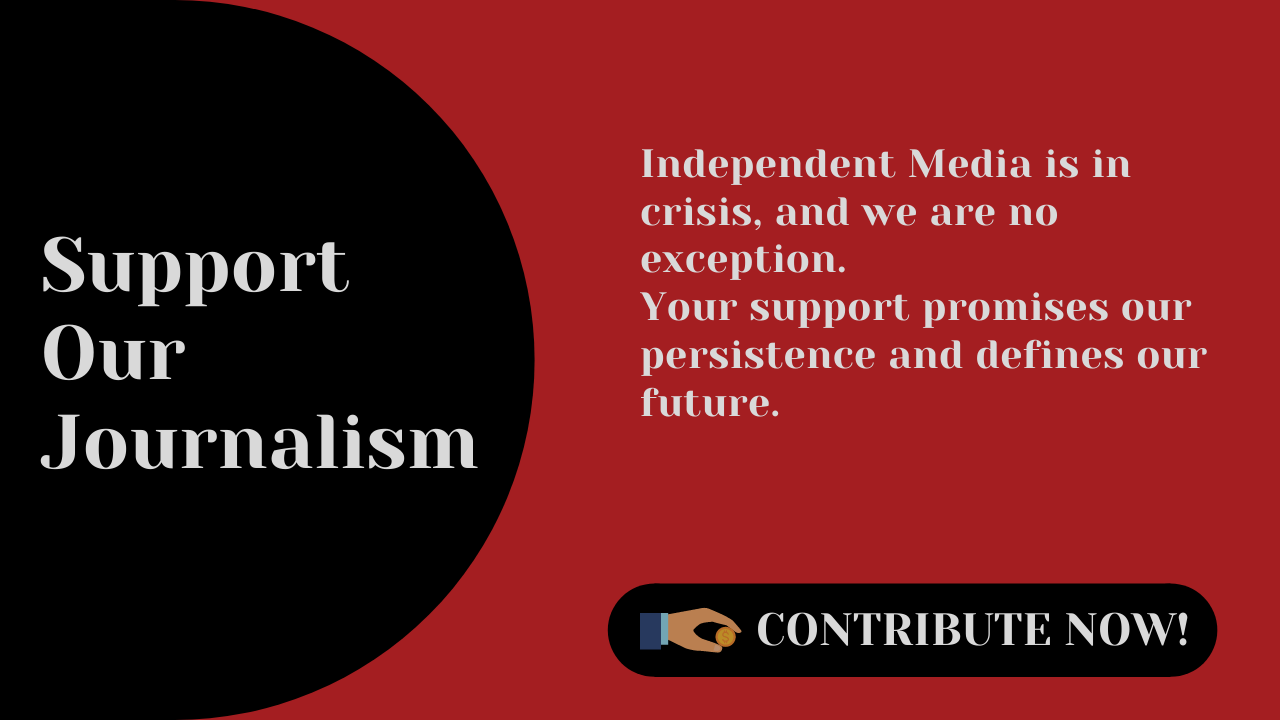Gowhar Geelani’s Kashmir: Rage and Reason

Mountain Ink is an online & monthly print of literary…
To tell the truth, on the face of a tyrant, is a brave act. This book is an act of revelation. Gowhar’s book is a result of more than a decade of his journalistic career. Research and his personal experience of Kashmir makes him own the narrative. Authoritative and emotional, Kashmir – Rage and Reason is an authentic account of Kashmir’s past, present, and future. The book is lucid, powerful.
For a Kashmiri reader, it does not expose any new secrets. It answers difficult questions and asks important ones. It tells us our own story. It tells us why we are in rage. Why we protest knowing we could be killed, blinded, or injured. Why did half a million people attend the funeral of someone India considers a terrorist, and we believed as our fallen hero and our beloved martyr? Why are there only a handful of people on the funerals of politicians? How are our politicians responsible for the civilian killings as much as India is? Did something like Pandit Exodos happen? Why were 2,37,000 Muslims massacred in Jammu in 1947? Why are we so angry? What are the reasons behind our rage? These and many other vital questions are dealt with precision in Rage and Reason.
Gowhar explains the religious diversity that existed in the valley when he was growing as a kid, his experience as a child of conflict, and narrates some anecdotal incidents from the ’90s. The book discusses the issue of migration, and who should be held responsible for that. The exciting feature of this book is the constant references to some new literature, written by indigenous and foreign authors.
Gowhar tells us why Delhi neither understands nor respects nonviolent political movements or creative forms of protest. Even peaceful dissent isn’t tolerated. And how it makes our rebellion romantic and symbolic.
The author argues that multiple identities have played a role in rallying public opinion in J&K. The first mobilization of masses was against Dogra rule in 1931. There was rigging in 1987 elections to thwart the rise of MUF (Muslim United Front), which furthered the militancy that had erupted in Kashmir through sequential movements in the past*. The violence that ravages the state emanates from New Delhi; whose witness is the current generation. The majority in Kashmir is involved in a battle for their unique identity and existence. Preaching peace to Kashmiris in the current atmosphere hurts them as an insult. Words are weapons, so is memory.
War gives you stories. Horrible stories. And we tend to forget the stories. Maybe subconsciously, we refuse to believe we are in a war so that we go on living a healthy life. Gowhar, a journalist by profession, has seen war all his life and has written stories so that we remember.
Support Our Journalism
You are reading this because you value quality and serious journalism.
But, serious journalism needs serious support. We need readers like you to support us and pay for making quality and independent journalism more vibrant.
This book appeared before the abrogation of Article 370. What forms of resistance might emerge to meet the demands of the present moment? What kinds of solidarities might shape up across movements? What role will the Kashmiri diaspora play? The answers could take a while to come, and perhaps the next edition of Geelani’s book will give readers more to chew.
He doesn’t fear to say that In Kashmir, the perception is that loyalty is often on sale and offered to the highest bidder.
The core of the book revolves around Burhan. And how his death gave birth to a new generation of educated, honest, intelligent rebels.
In the absence of intelligent and honest leadership, nations do not fight wars. Rage and Reason is not as much research as it is based on the author’s decades of personal experiences, his interviews, correspondence, commentary, and understanding of Kashmir.
Gowhar does not valorize or discredit armed resistance. He keeps his ear to the ground, writes about his impressions of the situation, and interprets it for readers who are outsiders looking in. As a journalist and political commentator, he has documented the history of partisan resistance in Kashmir, and its changing contours over several years. “The reason why people continue to support local militants is that most Kashmiris feel oppressed, dispossessed and disempowered on multiple fronts, as spaces for democratic dissent stand choked in the restive region. There is a ban on peaceful assembly, and student politics in universities is not allowed either,” he says.
Being a sportsperson himself and a fan of cricket, Gowhar also tells us in a fitting detail how sports is used as a political gimmick and what happened in 1983** when India played against West Indies in Srinagar’s SKICC stadium.
Civilian killings, torture, and exodus of Kashmiri Hindu pandits; he vies for the recreation of a communal bond among Kashmiri Muslims and Pandits. The Indian journalists, barring a few have lost their credibility in Kashmir. Indian media covers one-sided stories, and masses of mainland India have been misguided about the whole situation. This book provides a perspective regarding Kashmir’s struggle, whether vying for homeland or caliphate. The author argues that the battle of Kashmiris is for political and economic rights, justice and dignity predates the birth of India and Pakistan. According to Geelani, it is important to contextualize and historicize the struggle of Kashmiris.
He has used all sources within his disposal: telephone conversations, email correspondence, and interviews he has had with victims of war, politicians, and other influential people.
Correction: *In the print version, it had been mistakenly put that the author argued that the 1987 election rigging caused the eruption of militancy in Kashmir. In fact, the eruption of militancy had taken place well before the said event.
**The date of the cricket match between West Indies and India was played in 1983, and was mistaken with 1956.
The corrections have been made online. Mountain Ink regrets the error.
(This review was published in the September 2020 print issue of Mountain Ink.)

To help us strengthen the tradition of quality reading and writing, we need allies like YOU. Subscribe to us.
Mountain Ink is now on Telegram. Subscribe here.
Become Our Ally
To help us strengthen the tradition of quality reading and writing, we need allies like YOU. Subscribe to us.
Mountain Ink is an online & monthly print of literary journalism that explores literature in compelling narratives, examines events from multiple perspectives and translates complex ideas into authoritative & engaging stories.







